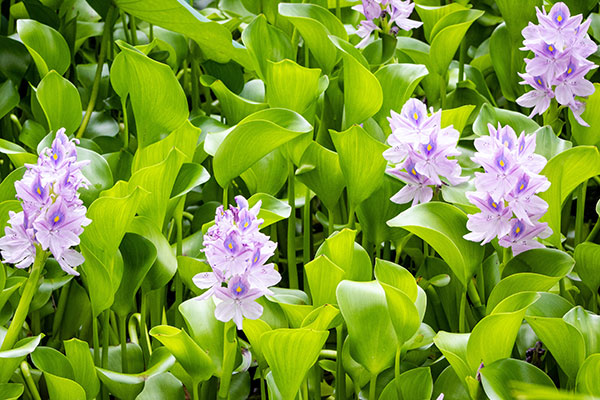

Water hyacinth is a free-floating aquatic plant that is known for its rapid growth. It is a major nuisance in many water bodies, but it can also be a valuable resource. Water hyacinth contains a high concentration of potassium, which is an important nutrient for plants. It can be used as a potash manure and fertilizer to improve the fertility of soil and increase crop yields.

Composting is the most efficient way to use water hyacinth as potash manure and fertilizer.
The water hyacinth can be composted with other organic materials, such as manure, leaves, and straw. This method takes longer, but it produces a more stable and nutrient-rich fertilizer.
To compost water hyacinth, the following steps can be followed:
Water hyacinth potash manure and fertilizer can be used on a variety of crops, including vegetables, fruits, and flowers. It is especially beneficial for crops that are heavy feeders of potassium, such as potatoes, tomatoes, and corn.
When using water hyacinth potash manure and fertilizer, it is important to follow the directions carefully. Too much potassium can be harmful to plants, so it is important to start with a small amount and increase the amount gradually.
Water hyacinth is a valuable resource that can be used to improve soil fertility and increase crop yields. It is a sustainable and environmentally friendly alternative to chemical fertilizers.
Water hyacinth can be composted in a variety of ways, but the best way to compost it for easy and efficient transportation is to use aerated static pile composting. This method involves stacking the water hyacinth in a pile and aerating it with a system of pipes and fans. This helps to keep the compost aerobic, which prevents the growth of harmful bacteria and fungi.
To compost water hyacinth using aerated static pile composting, the following steps can be followed:
Once the compost is ready, it can be transported easily and efficiently. It can be bagged or loaded into a truck or trailer. It can also be spread directly onto the soil.
Here are some additional tips for composting water hyacinth:
Direct Application of water hyacinth, cut into small parts:
Please note that water hyacinth can also be applied directly, without composting. The fresh or dried water hyacinth can be applied directly to the soil. This method is the simplest and most effective, but it can also be messy and time-consuming. Moreover, it may be difficult to keep track of the potash input, and phosporous and nitrogen balancing may be difficult.
Using water hyacinth as an organic manure is practiced in Bangladesh, China, India, Thailand and Phillipines, among other parts of the world. But there is still a lot of scope left to be done, as adapting to water hyacinth as a manure is still in the nascent stage with the ground farmars.
